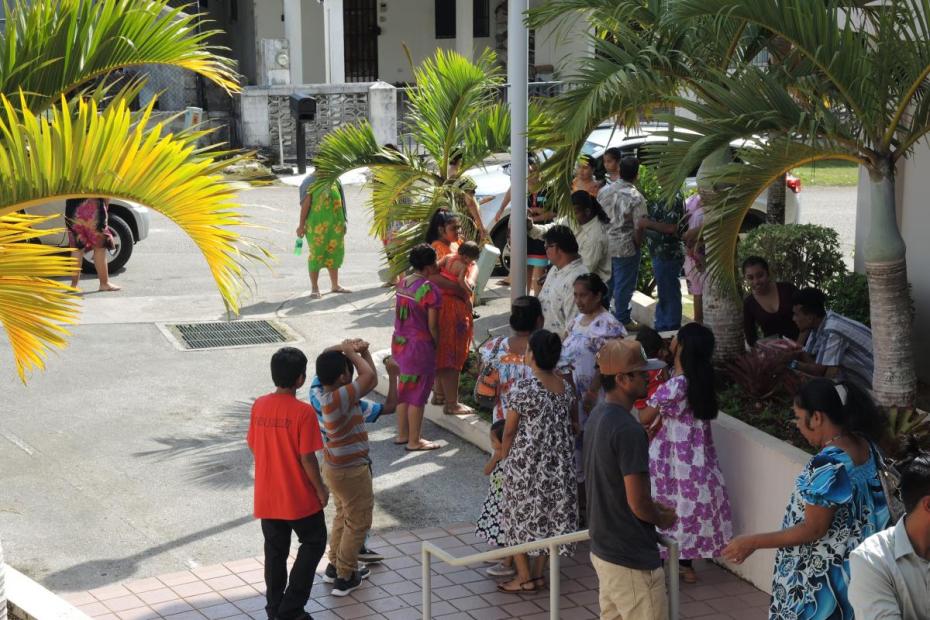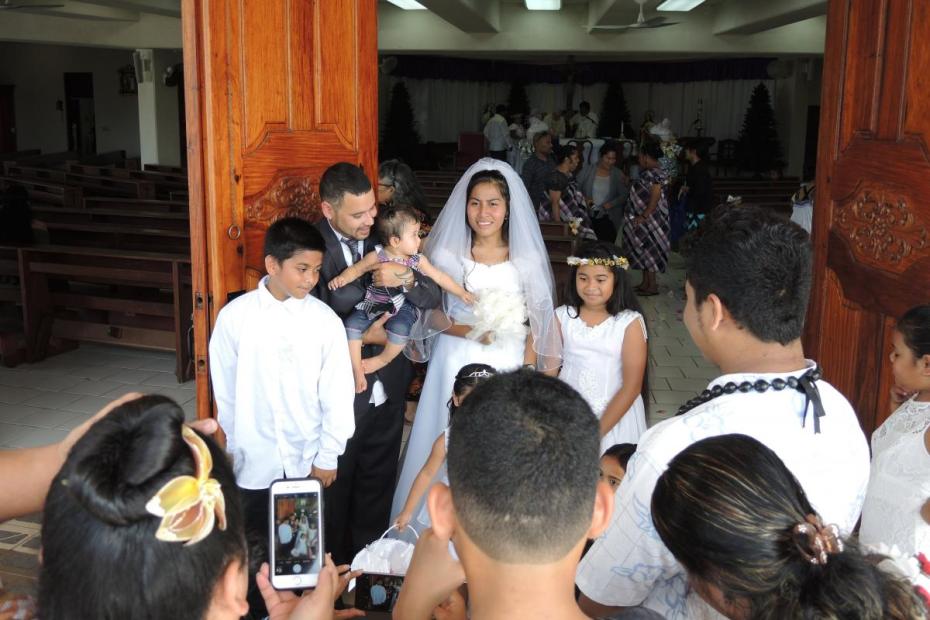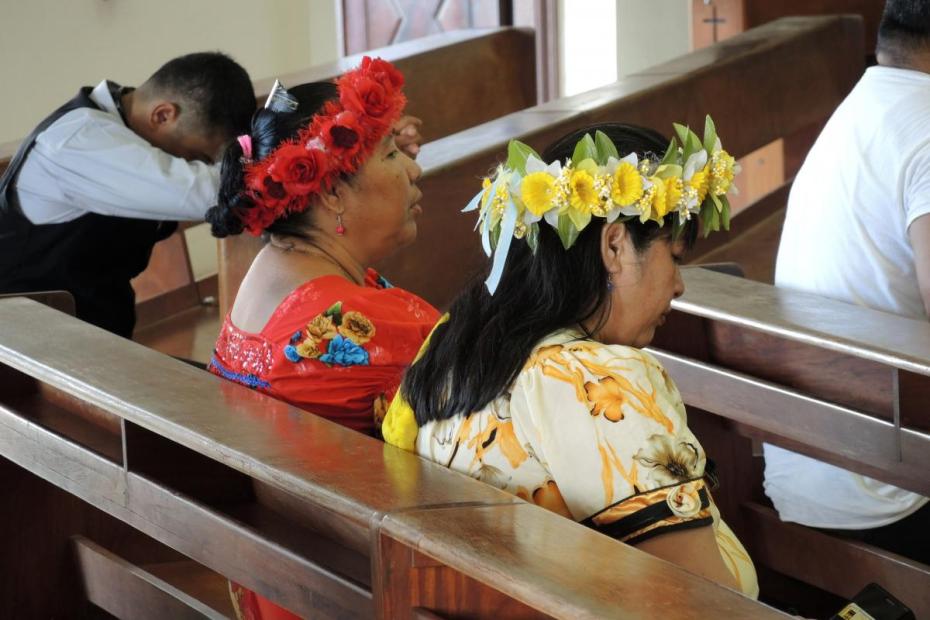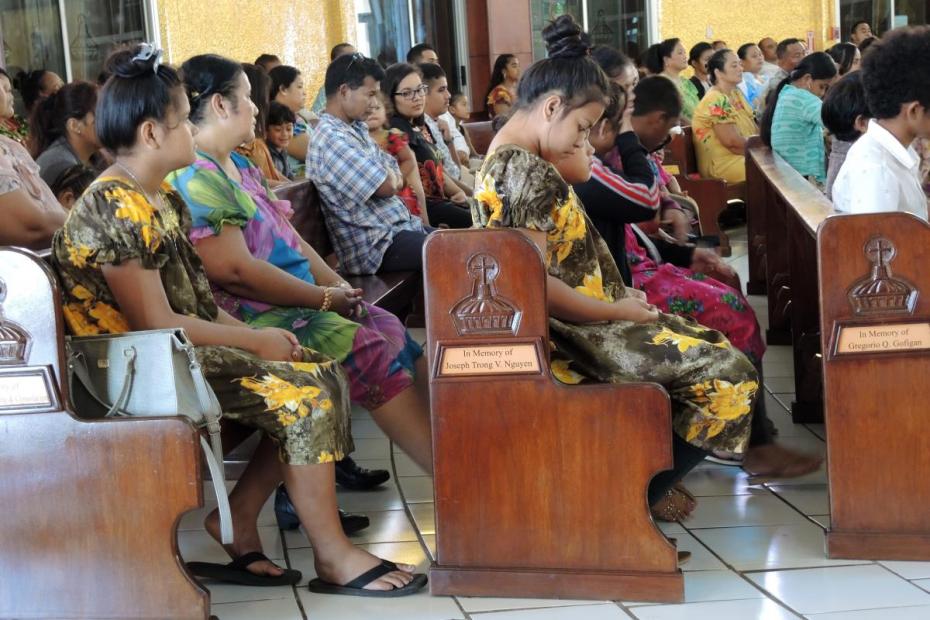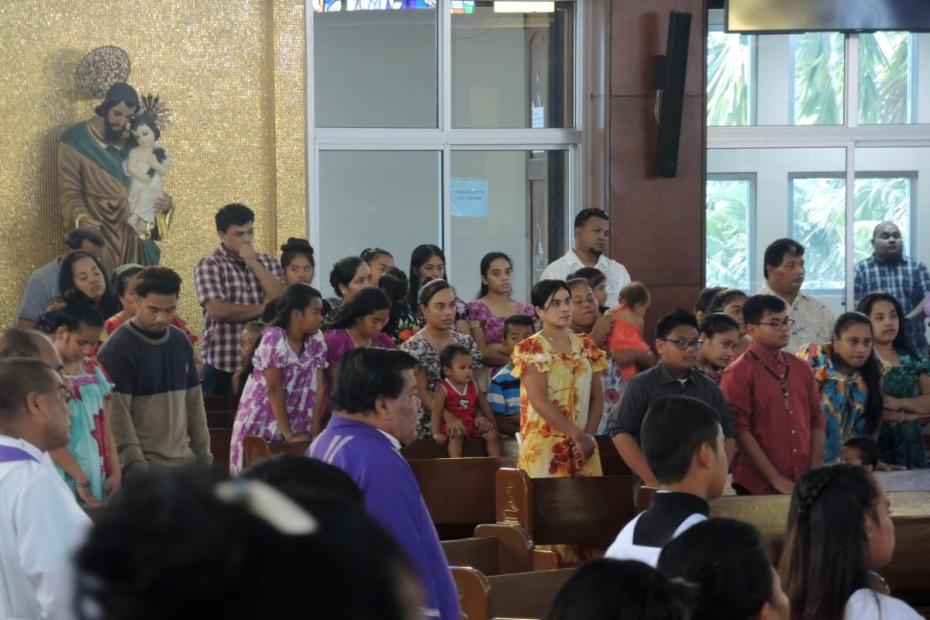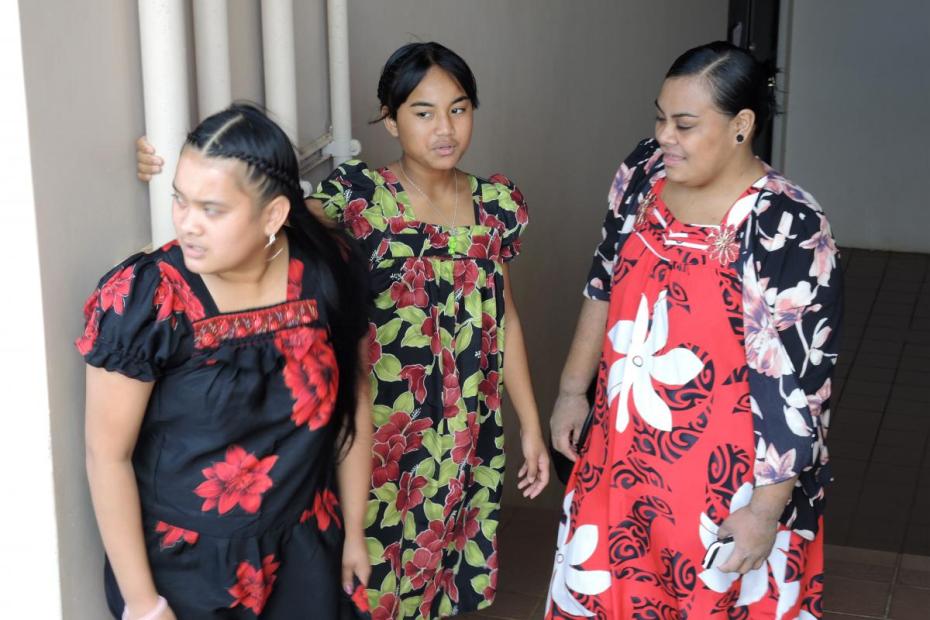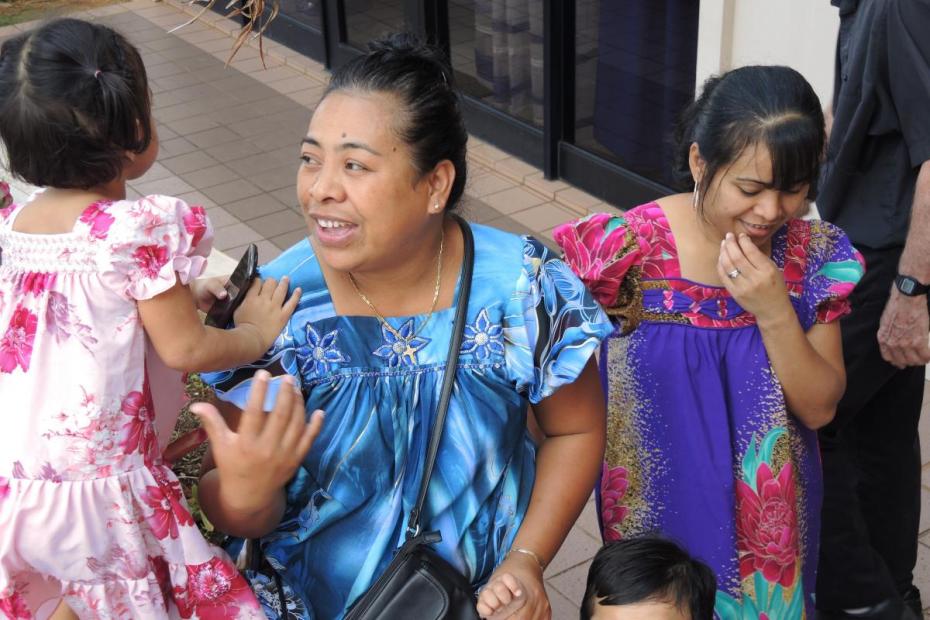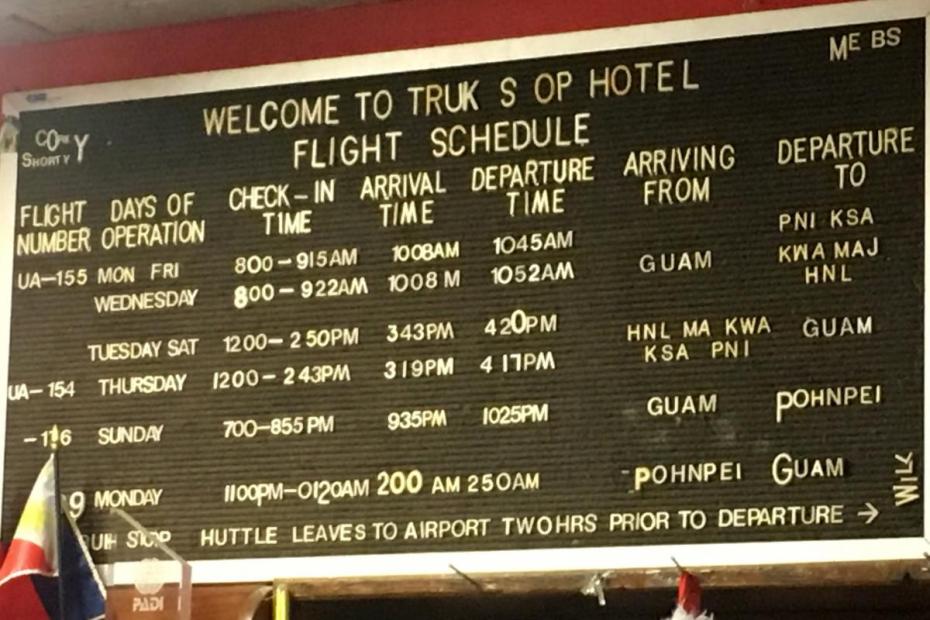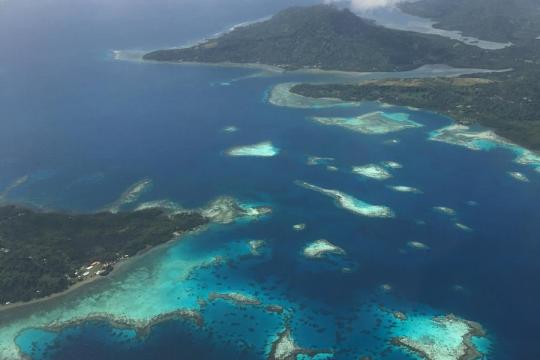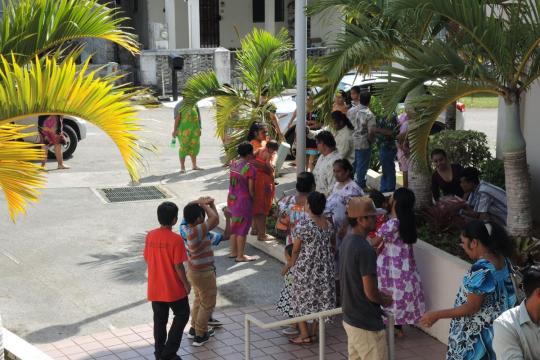Though the islands of Micronesia are geographically isolated from the rest of the world, flights are relatively infrequent and visitors few, and Micronesian cultures focus so much on family cohesion, Micronesians have migrated in surprisingly large numbers.
"The 2010 census showed that of the total households recorded (16,767), 44.5 percent had immediate family members residing outside FSM. Chuuk and Pohnpei were the two states having more households with members residing abroad (43.5 percent and 34.1 percent respectively) compared to the other two states, Yap and Kosrae." Chuukese most often migrated to Guam or Hawai’i, while Yapese were most likely to go to the United States mainland or Guam. Micronesia’s current status in relation to the United States under the compact of Free Association gives Micronesians the right to travel freely to Guam and the United States for work or for other purposes without a visa.
Interviewees reported that some of the moves are conceived as temporary. People often migrate temporarily for school, work, or better healthcare facilities, or even to provide U.S. citizenship for their children. Many do stay away longer, but are expected to maintain their links with kin at home.1 Often, they still expect to be buried where they were born (a funeral service on Fono during this visit was for a man who had died on Hawaii, but whose family had brought him back to be buried).
Migration has meant that a once growing population has leveled off, despite the fact that the fertility rate would otherwise suggest an expanding population. A relatively small percentage of the population is immigrant.
On Guam, church becomes one of the most important means to bind the community. Micronesians are not living in extended family compounds there, but rent individual homes from Chamorro families who have migrated away. Interviewees indicated that they are to some degree feared outsiders. At Santa Barbara Church, where the Chuukese community gathers for weekly Mass and for other sacraments in an otherwise Chamorro and Filipino parish, Chuukese people arrived hours before Mass to meet each other on the grounds or in the lower chapel, and stayed long after the end of Mass.
In 2015 the U.S. Catholic bishops published a study of Asian and Pacific Island Catholics in the United States that looked at how they viewed their place in the Catholic Church in America, but the data there on Micronesians is linked to that of Chamorros (natives of Guam), which makes it a more difficult to use.
- 1Francis X. Hezel, S.J., The New Shape of Old Island Cultures: A Half century of Social Change in Micronesia (Honolulu: University of Hawai'i Press, 2001), 138-154.
